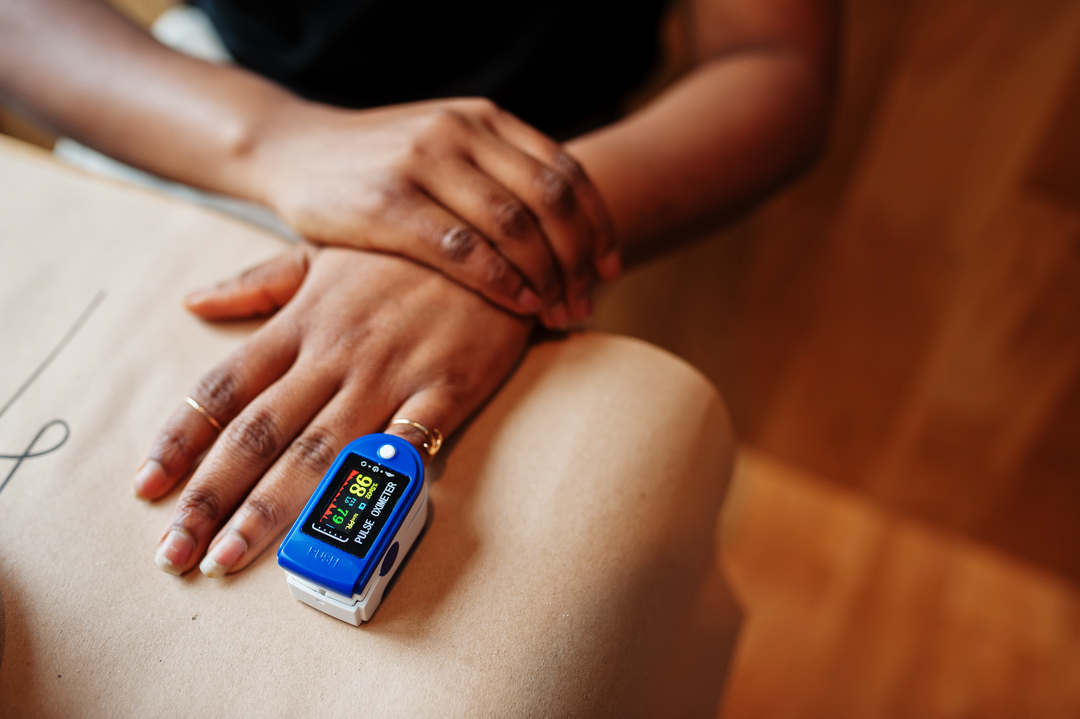ANN/THE STAR – The humble pulse oximeter, a device that clips onto a fingertip to measure blood oxygen levels, has long been a mainstay in modern healthcare. But what happens when this crucial tool doesn’t perform equally for everyone?
A growing body of research reveals an unsettling truth: pulse oximeters often fail to provide accurate readings for people with darker skin tones, potentially leading to misdiagnosis and inadequate treatment.
A 2020 study from the University of Michigan first spotlighted this issue, finding that Black patients were nearly three times more likely than white patients to experience “occult hypoxia.”
This condition, where dangerously low blood oxygen levels go undetected, can have life-threatening implications, especially for patients with heart or respiratory conditions.
Delving deeper, researchers from the same university examined 204 patient records and uncovered a stark disparity.
For Black patients, pulse oximeters overestimated blood oxygen levels by an average of six per cent compared to arterial blood samples. In contrast, the discrepancy for white patients was just 1per cent.
Such inaccuracies can skew critical medical decisions, particularly for those managing complex conditions like heart failure.
“These measurements influence how we assess a patient’s heart function and their eligibility for advanced treatments such as transplants or heart pumps,” explained Dr Scott Ketcham, a cardiologist involved in the research.

A Call for Change
The problem isn’t new, but action has been slow. The US Food and Drug Administration (FDA) currently recommends that manufacturers include at least 15 per cent of “darkly pigmented” participants in clinical trials for pulse oximeters. However, this guidance is not mandatory and leaves room for interpretation.
Recognising the inadequacy of these standards, the FDA issued a safety notice in 2021 highlighting that skin pigmentation could affect device accuracy.
An advisory panel has since proposed stricter requirements, suggesting that clinical trials for new devices include participants spanning a broad spectrum of skin tones, based on the 10-shade Monk Skin Tone scale.
Despite these recommendations, manufacturers are not yet obligated to comply. The FDA has pledged to release updated guidelines but missed its self-imposed September 30 deadline. For now, ensuring equitable device performance remains a voluntary pursuit for manufacturers.
Industry Takes Initiative
Some companies are taking proactive steps. BodiMetrics, a California-based maker of wearable health monitors, expanded the diversity of its clinical trial participants for its latest smart ring fitness tracker.
One-third of its study population comprised individuals with darker skin tones, exceeding the FDA’s recommendation.
“It’s a significant investment to ensure we don’t have a pigmentation problem,” said Neil Friedman, BodiMetrics’ founder and COO.
“But our goal is to provide a device that accurately measures blood oxygen levels for everyone, preventing misdiagnosis and saving lives.”
Research in Progress
Meanwhile, the FDA has funded further studies to unravel the link between skin tone and device accuracy.
At the Hypoxia Research Laboratory at UCSF, scientists are investigating how pigmentation influences pulse oximeter readings.
Dr Phil Bickler, the lab’s director, confirmed that results are forthcoming, offering hope for more inclusive device designs in the future.
What’s Next for Patients?
For patients and healthcare providers, these findings underscore the importance of caution. Until device manufacturers and regulators catch up, clinicians are urged to interpret pulse oximeter readings with an awareness of potential inaccuracies for patients with darker skin tones.
This issue reflects a broader challenge in healthcare technology: the need to design tools and systems that work equitably across diverse populations. As research continues and regulations evolve, there’s hope that medical technology will better reflect the diverse world it serves.
For now, the pulse of progress beats steadily, if unevenly, toward a more inclusive future.




